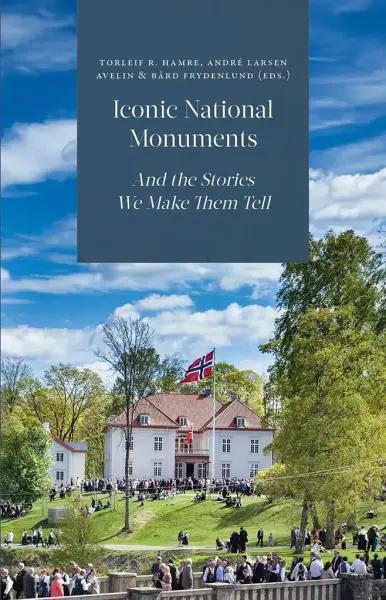Throughout the world, certain monuments live in the public mind as national icons and tokens of shared identity, occupying a privileged position in each nation’s memory culture. In several countries in Europe and the Americas, such monuments are often related to events in the Age of Revolutions in the late 18th and early 19th centuries. These events are considered crucial in the respective national histories, in each nation’s ‘founding myth’.
This book provides a journey to historic house museums in Eidsvoll and Philadelphia, Buenos Aires and Tucumán, Virginia and Massachusetts, in order to explore how such memory sites came about, what they once meant, and what they may mean today. Ten authors from both sides of the Atlantic have contributed with cases and perspectives from different disciplines and fields of expertise. Brought together, they provide rich materials for the study of the roles assigned to and the usages made of national monuments.
This is the third and final book published as part of the project Founding Fathers across the Atlantic – History and Legacy in Norway and the USA, by Eidsvoll 1814, the Norwegian Constitution museum.
